The sea is a wondrous and gorgeous setting to get tattooed, what mysteries lie beneath? We don’t even know..
Former changes in the sea levels have left continental shelves, shallow areas in the sea close to land. These nutrient-rich waters teem with life, which provide humans with substantial supplies of food—mainly fish, but also shellfish, mammals, and seaweed—which are both harvested in the wild and farmed. The most diverse areas surround great tropical coral reefs. Whaling in the deep sea was once common but whales’ dwindling numbers prompted international conservation efforts and finally a moratorium on most commercial hunting. Oceanography has established that not all life is restricted to the sunlit surface waters: even under enormous depths and pressures, nutrients streaming from hydro-thermal vents support their own unique ecosystem. Life may have started there and aquatic microbial mats are generally credited with the oxygenation of Earth’s atmosphere; both plants and animals first evolved in the sea.
The sea is an essential aspect of human trade, travel, mineral extraction, and power generation. This has also made it essential to warfare and left major cities exposed to earthquakes and volcanoes from nearby faults; powerful tsunami waves; and hurricanes, typhoons, and cyclones produced in the tropics. This importance and duality has affected human culture, from early sea gods to the epic poetry of Homer to the changes induced by the Colombian Exchange, from Viking funerals to Basho’s haikus to hyperrealist marine art, and inspiring music ranging from the shanties in The Complaynt of Scotland to Rimsky-Korsakovs ”The Sea and Sinbad’s Ship” to A-mei’s ”Listen to the Sea”. It is the scene of leisure activities including swimming, diving, surfing, and sailing. However, population growth, industrialization, and intensive farming have all contributed to present-day marine pollution. Atmospheric carbon dioxide is being absorbed in increasing amounts, lowering its pH in a process known as ocean acidification. The shared nature of the sea has made over-fishing an increasing problem.
Marine habitats range from surface water to the deepest oceanic trenches, including coral reefs, kelp forests, seagrass meadows, tide pools, muddy, sandy and rocky seabeds, and the open pelagic zone. The organisms living in the sea range from whales 30 meters (100 ft) long to microscopic phytoplankton and zooplankton, fungi, bacteria and viruses, including recently discovered marine bacteriophages which live parasitically inside bacteria. Marine life plays an important part in the carbon cycle as photosynthetic organisms convert dissolved carbon dioxide into organic carbon and it is economically important to humans for providing fish for use as food.






















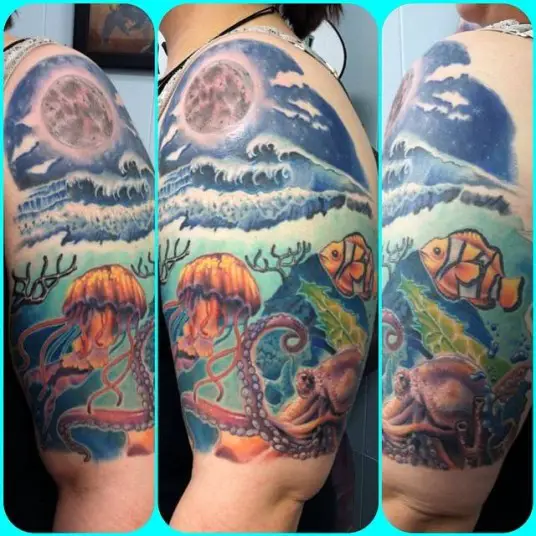
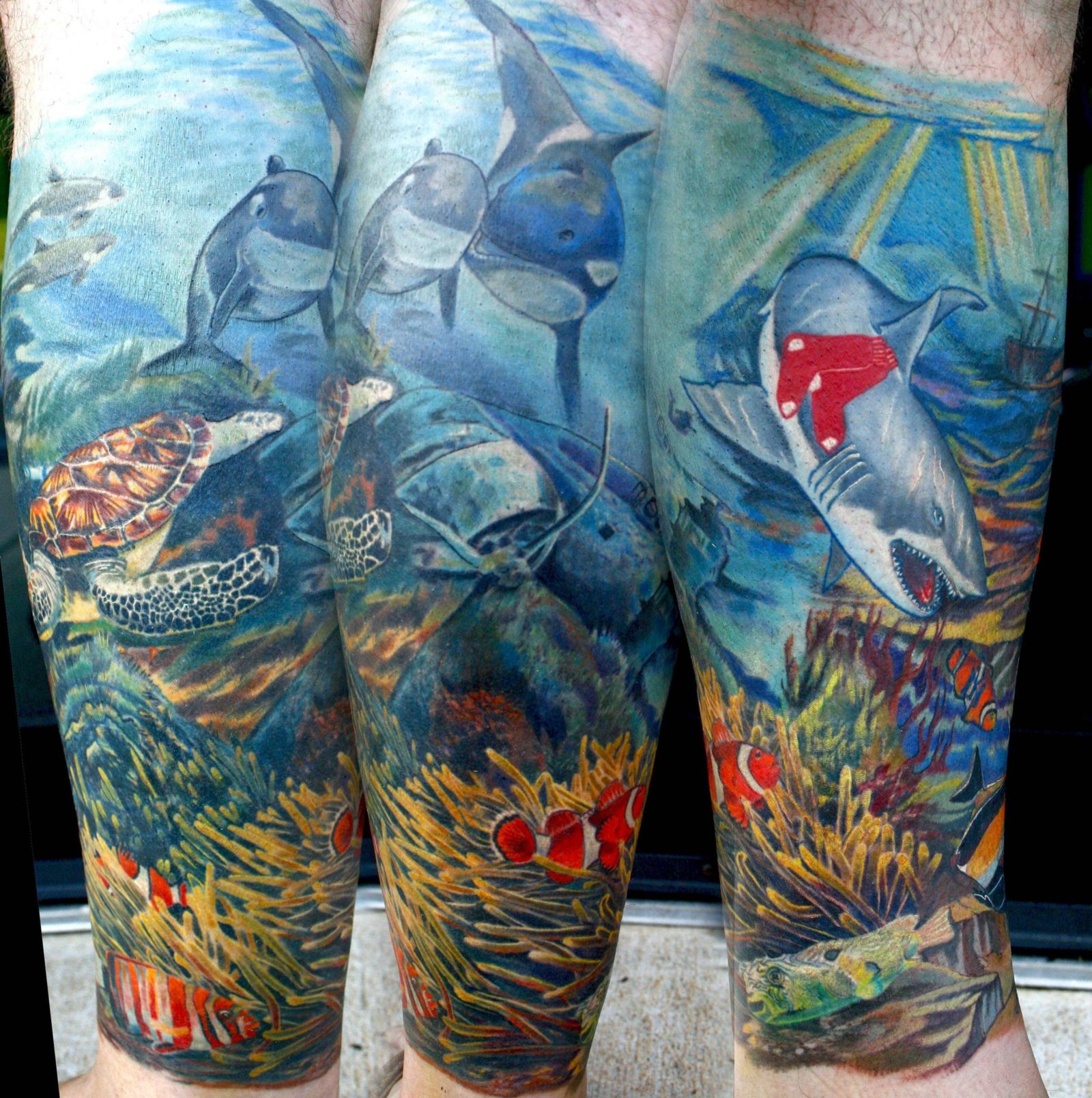
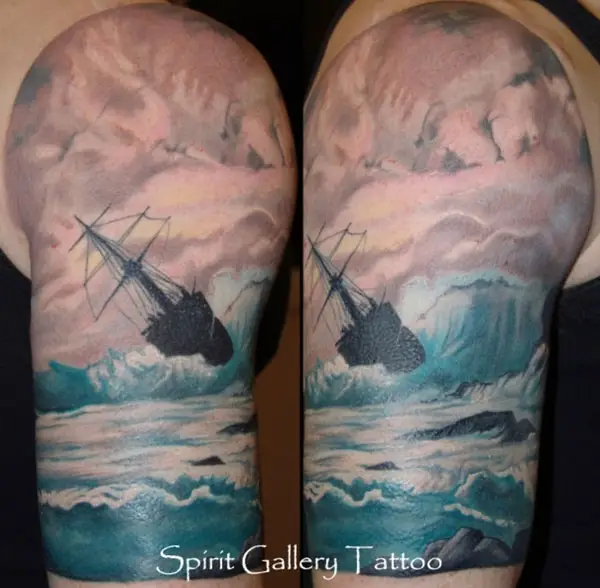
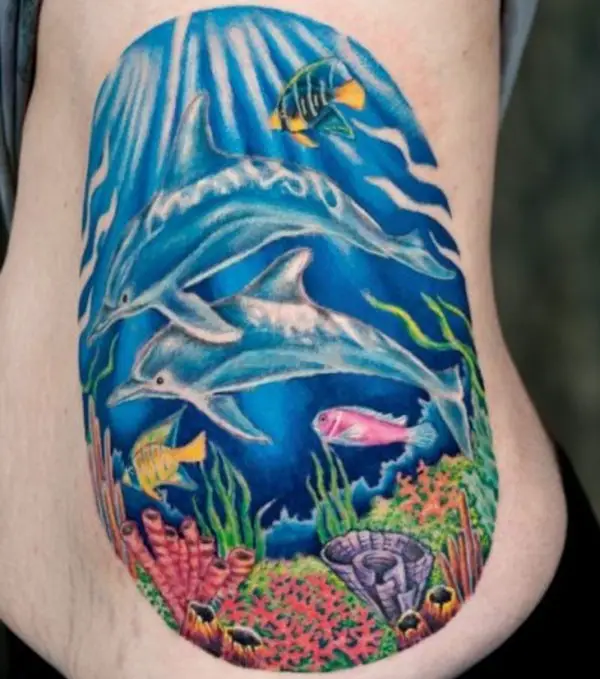

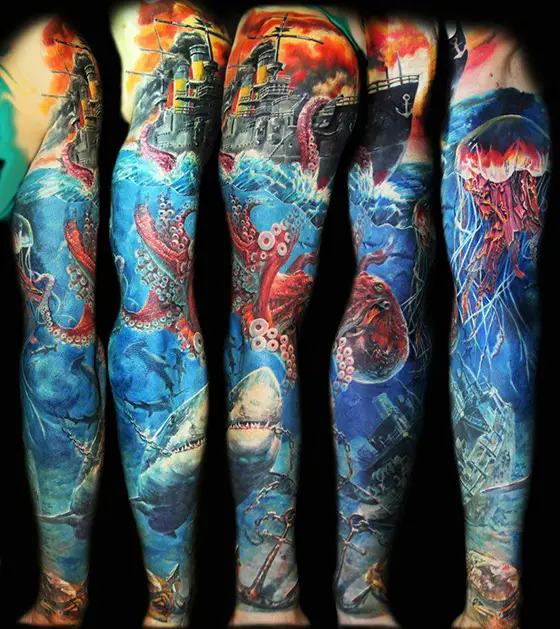

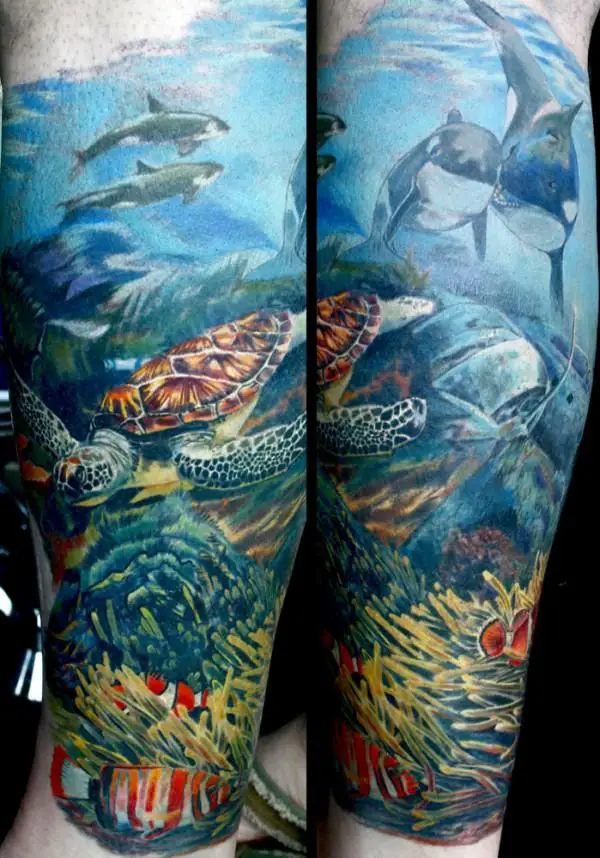
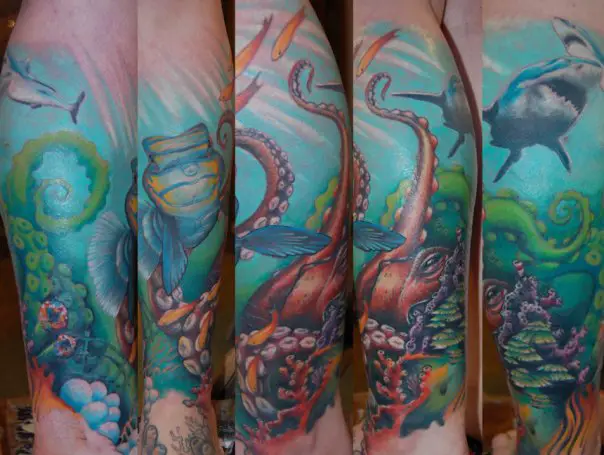

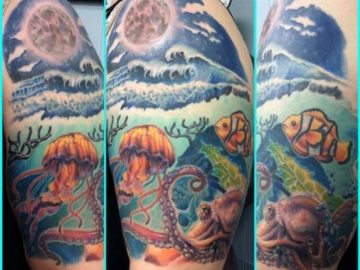
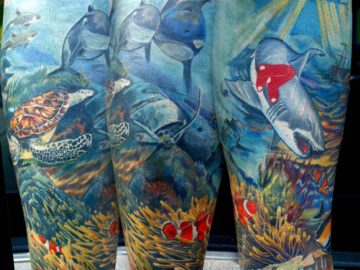
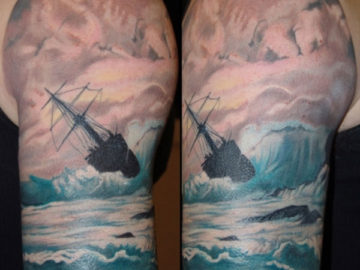
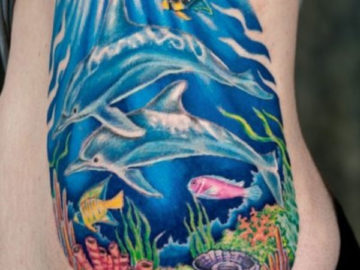

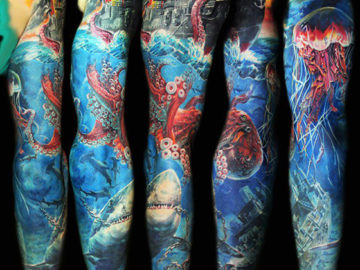


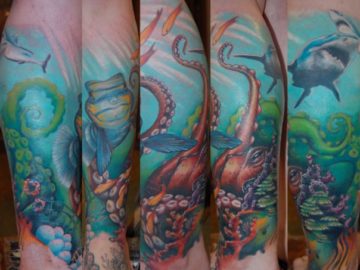
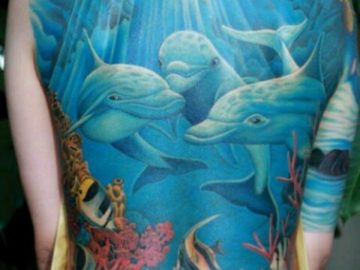
0 Comments